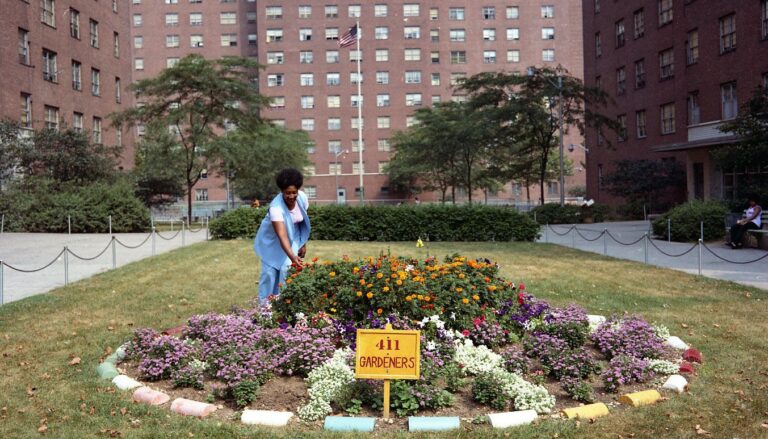
Opening and Garden Party
Cool off with a paleta and explore the exhibition Living in the Shade during this opening celebration.
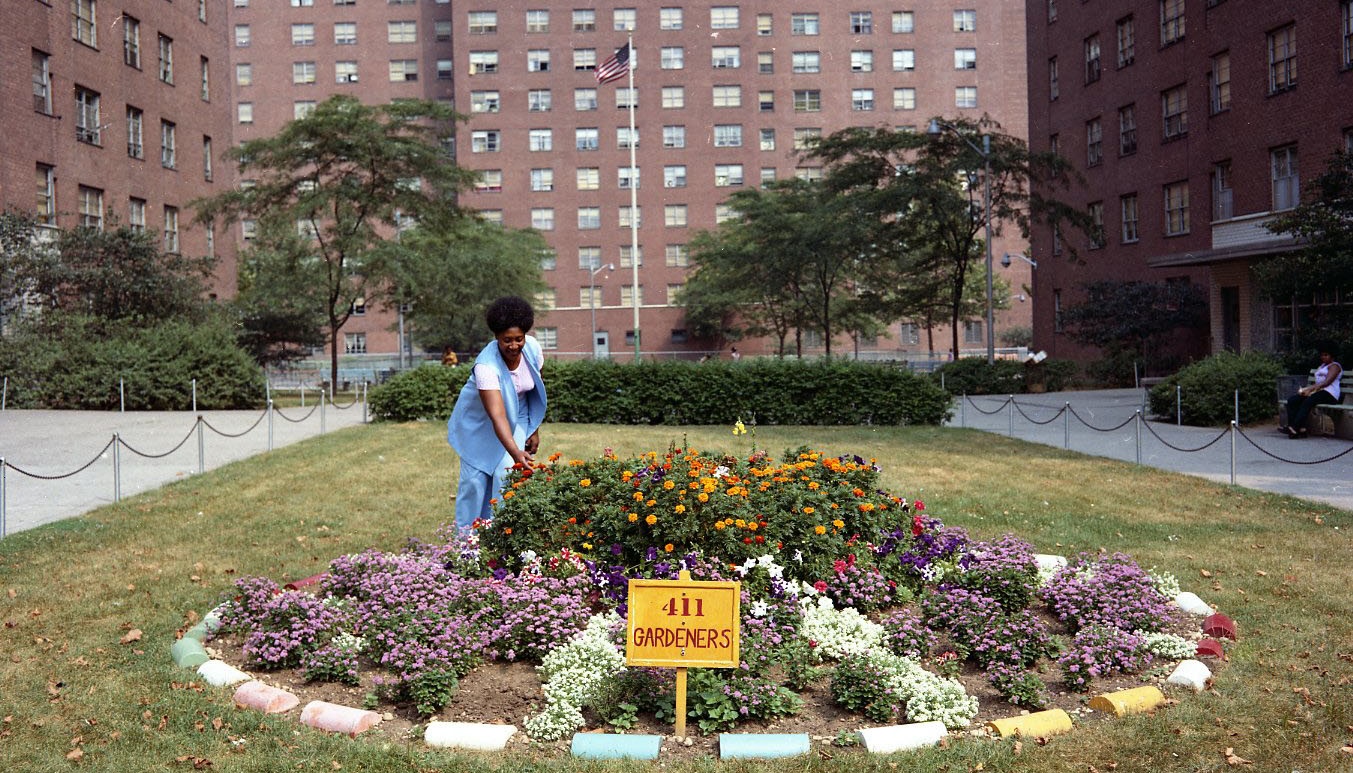
The flower bed at Lafayette Gardens, designed and tended by the 411 Gardeners for the annual NYCHA competition for best flower garden, 1972. (Courtesy of the LaGuardia & Wagner Archives.)
Special Exhibits Gallery, 2nd Floor
Living in the Shade explores the role of open space—large lawns and tenant gardens, paved paths and play spaces, shady seating areas and public art—in creating more livable, healthy, and thriving communities.
The exhibit highlights the significant role of open space in the daily lives of millions of public housing residents who have called New York City Housing Authority (NYCHA) developments home. It explores different facets of this unique environment through large-scale architectural models, archival and contemporary photographs, renderings and site plans, and community testimonials and photographs. It assesses the successes and failures of NYCHA’s landscaping efforts over a 90-year period, telling the story of how open spaces were first designed for public housing residents in the 1930s and how they have been reimagined over the years to meet changing community needs.
Living in the Shade was curated by Prof. Matthias Altwicker, AIA LEED AP, New York Institute of Technology, and Prof. Nicholas Dagen Bloom, Ph.D., Hunter College. It was previously exhibited in New York City at the FX Collaborative Gallery and LaGuardia Community College.
The exhibition was developed in collaboration with Ariel Lorenzi, Studio A+H, Suzana Rios Sanchez & Fairy Anilkumar Patel, Nadia Bryson & Steven Diaz, NYIT, Brian Polgar and the NYIT FabLab and Artem Pankin, Hunter College.
The National Public Housing Museum presentation was curated by Alex Orfirer Maher and Lisa Yun Lee, in collaboration with HOUR Studio and Michael Savona.
Support
Living in the Shade was made possible by the Public Housing Community Fund, and sponsored by the LaGuardia and Wagner Archives at LaGuardia Community College; the New York Institute of Technology School of Architecture and Design; Hunter Urban Policy & Planning (UPP), a department within the School of Arts and Sciences at Hunter College; and Studio A+H.
Major funding for the exhibition’s presentation at the National Public Housing Museum was provided by the Driehaus Foundation, the Public Housing Community Fund, and Grain Collective.

Generous contributions were provided by Charlie and Sean Conroy Barlow, Deborah Bennett, Jean Butzen and Jim Strickler, Michele Dremmer, Sunny and Paul Fischer, Michael and Karen Gurgone, Brad Hunt, Zenobia Johnson-Black, Marisa Novara and Ted Christians, Michael and Laura Rogers, and Cecile Shea.
In Chicago
Living in the Shade is presented as part of the sixth edition of the Chicago Architecture Biennial. Opening September 19, 2025 and on view through February 28, 2026 at locations across Chicago, SHIFT: Architecture in Times of Radical Change engages timely global issues through the lens of architecture and design.
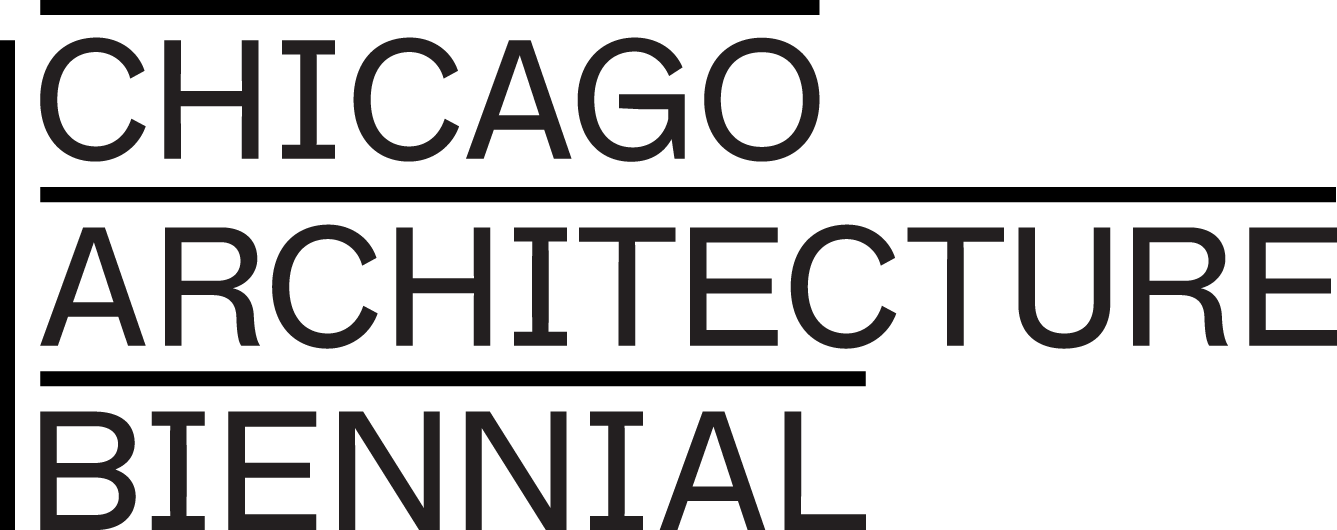

Cool off with a paleta and explore the exhibition Living in the Shade during this opening celebration.
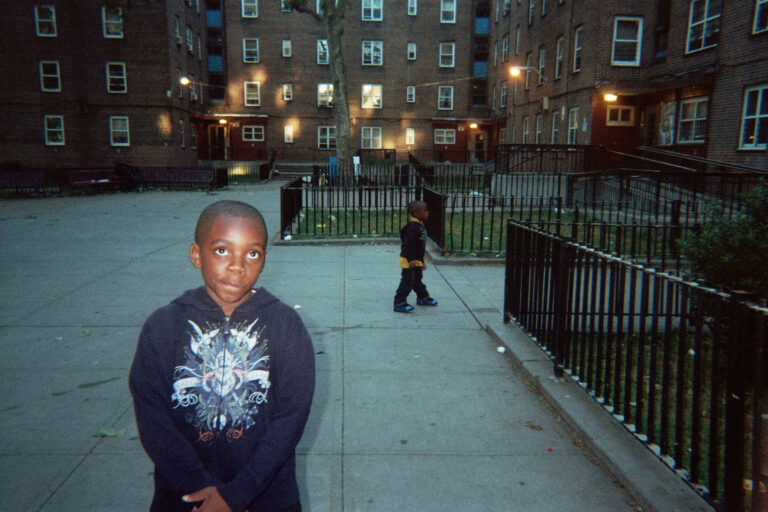
A call for public housing residents across the country to send in photos of the outdoor spaces surrounding your home. A select number of photos will be featured in our exhibition Living in the Shade: Open Space and Public Housing (July 23–November 12, 2025) or on our social media.
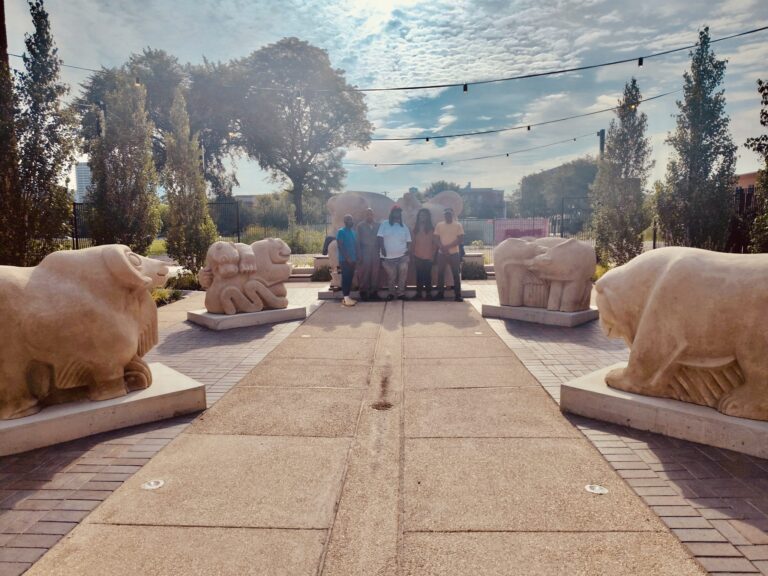
Regina Carter, head of the non-profit Repurposed for Life, helps redistribute needed goods to public housing residents.
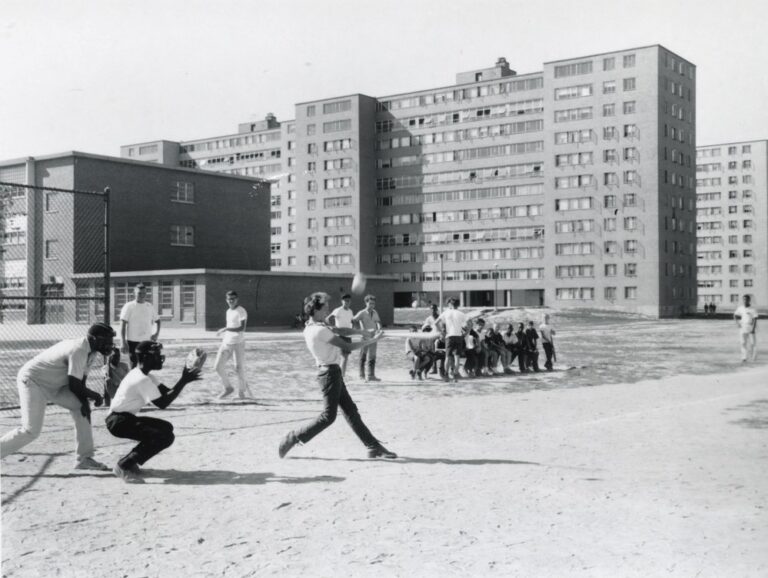
From baseball to boxing to basketball, sports have a long history in public housing. Like kids from anywhere, kids growing up in public housing made fun however they could. The excitement of being a part of a team cultivates a sense of community. Public housing sports leagues have provided a sense of safety and comfort in their spaces. Learn more!
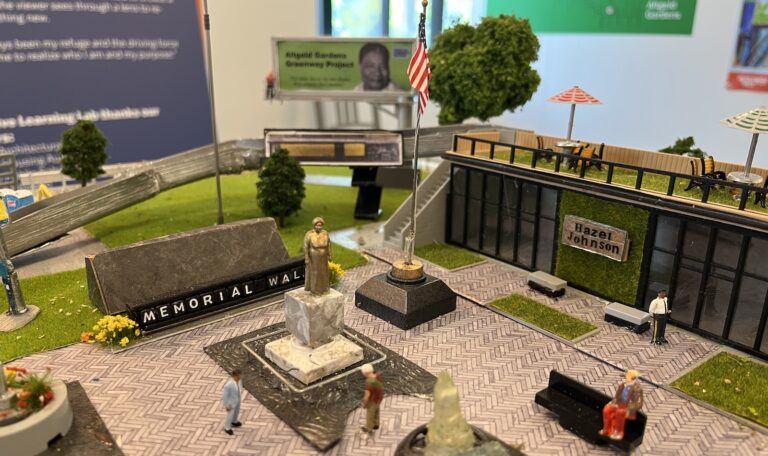
Students share their vision for connected community green space in this exhibition centered on underused land in Altgeld Gardens on the South Side of Chicago.
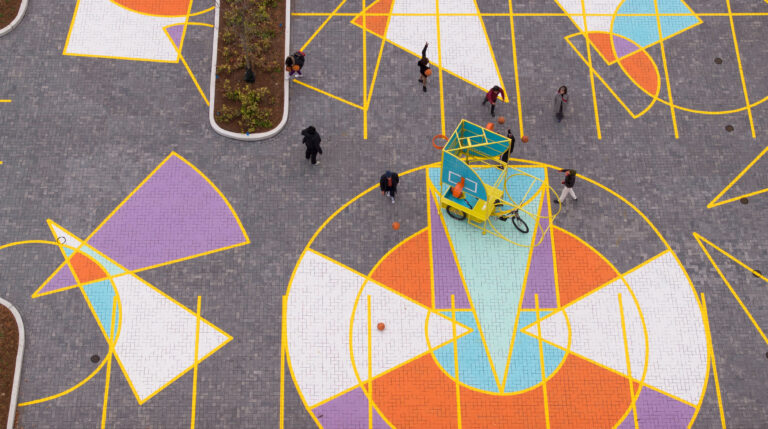
Conceptualized by artist Marisa Morán Jahn and architect Rafi Segal, the mobile art installation HOOPcycle offers a reimagined sports experience that challenges norms and unites communities through play.
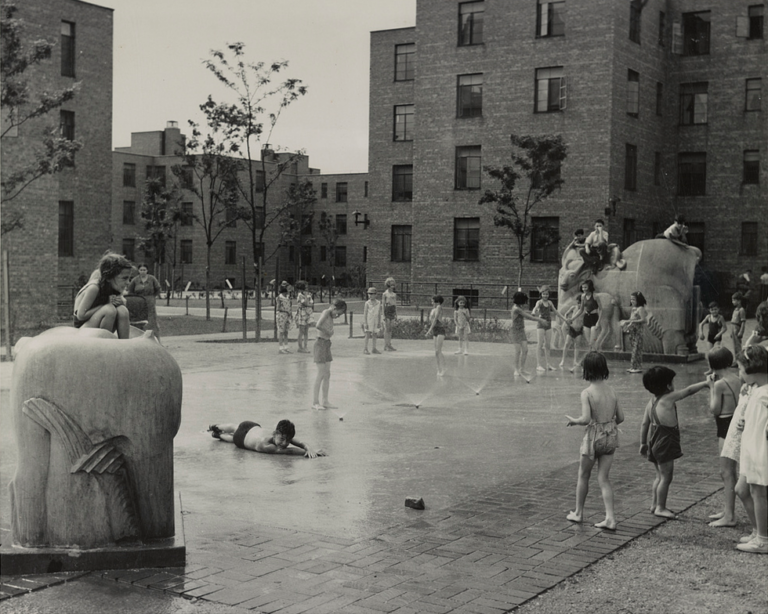
Experience the enchanting seven-piece sculpture Animal Court by Edgar Miller, which has been lovingly restored and placed in our courtyard. The sculpture garden is free and open to the public during museum hours…